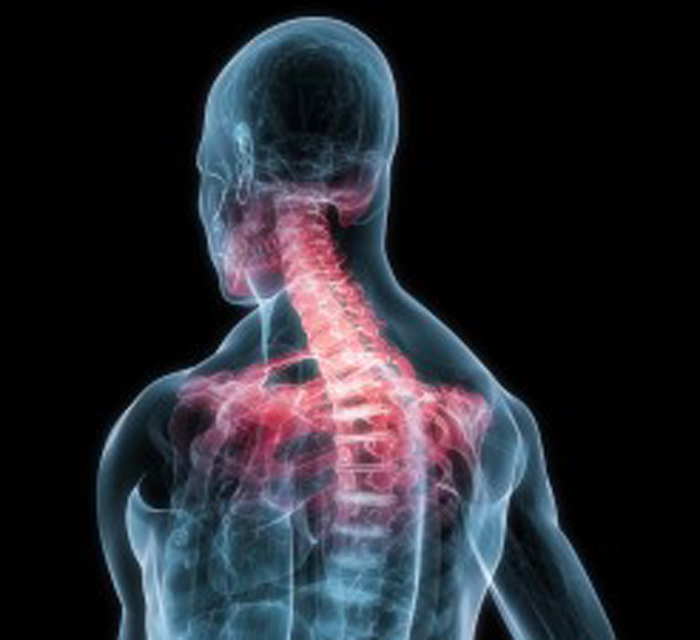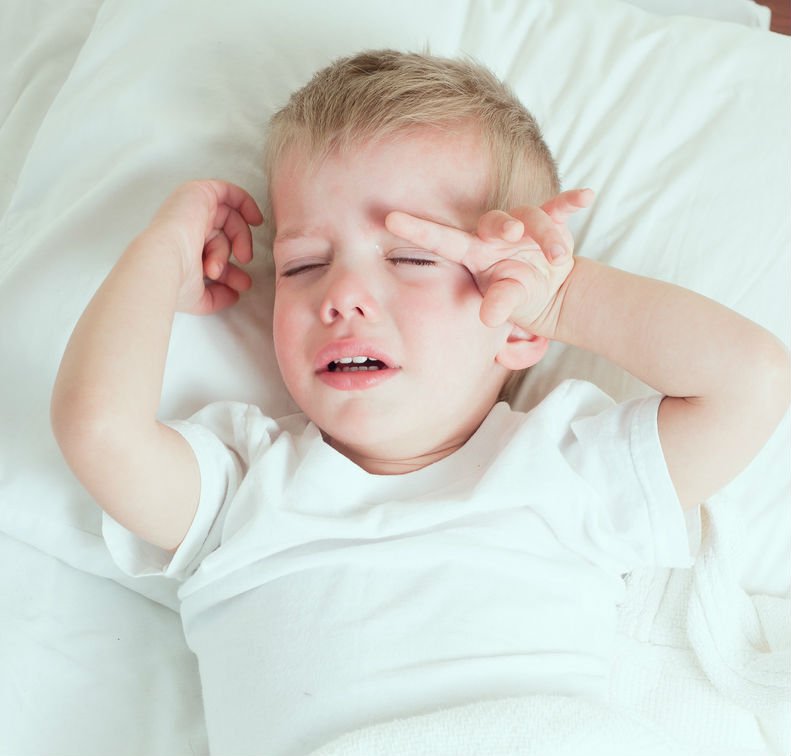Outcomes Of Pregnant Patients With Low Back Pain Undergoing Chiropractic Treatment: A Prospective Cohort Study With Short Term, Medium Term and 1 Year Follow-up
SOURCE: Chiropractic & Manual Therapies 2014 (Apr 1); 22 (1): 15
Cynthia K Peterson, Daniel Mühlemann, Barry Kim Humphreys
Department of Chiropractic Medicine,
Orthopaedic University Hospital Balgrist,
University of Zürich,
Forchstrasse 340,
Zürich, Switzerland
|
This study, from the chiropractic researchers at the University of Zurich in Switzerland, demonstrates that chiropractic care helps reduce low back pain during pregnancy, and another study by this same group demonstrates the long-term benefits from chiropractic adjustments for lumbar disc herniations. |
BACKGROUND: Low back pain in pregnancy is common and research evidence on the response to chiropractic treatment is limited.
The purposes of this study are
1) to report outcomes in pregnant patients receiving chiropractic treatment
2) to compare outcomes from subgroups
3) to assess predictors of outcome.
METHODS: Pregnant patients with low back or pelvic pain, no contraindications to manipulative therapy and no manual therapy in the prior 3 months were recruited.Baseline numerical rating scale (NRS) and Oswestry questionnaire data were collected. Duration of complaint, number of previous LBP episodes, LBP during a previous pregnancy, and category of pain location were recorded.The patient’s global impression of change (PGIC) (primary outcome), NRS, and Oswestry data (secondary outcomes) were collected at 1 week, 1 and 3 months after the first treatment. At 6 months and 1 year the PGIC and NRS scores were collected. PGIC responses of ‘better or ‘much better’ were categorized as ‘improved’.The proportion of patients ‘improved’ at each time point was calculated. Chi-squared test compared subgroups with ‘improvement’. Baseline and follow-up NRS and Oswestry scores were compared using the paired t-test. The unpaired t-test compared NRS and Oswestry scores in patients with and without a history of LBP and with and without LBP during a previous pregnancy. Anova compared baseline and follow-up NRS and Oswestry scores by pain location category and category of number of previous LBP episodes. Logistic regression analysis also was also performed.
RESULTS: 52% of 115 recruited patients ‘improved’ at 1 week, 70% at 1 month, 85% at 3 months, 90% at 6 months and 88% at 1 year. There were significant reductions in NRS and Oswestry scores (p < 0.0005). Category of previous LBP episodes number at one year (p = 0.02) was related to ‘improvement’ when analyzed alone, but was not strongly predictive in logistic regression. Patients with more prior LBP episodes had higher 1 year NRS scores (p = 0.013).
There are more articles like this @ our:
CONCLUSIONS: Most pregnant patients undergoing chiropractic treatment reported clinically relevant improvement at all time points. No single variable was strongly predictive of ‘improvement’ in the logistic regression model.
From the Full-Text Article:
Background
Low back and pelvic pain in pregnant women is such a common phenomenon that it is often considered a normal part of the pregnancy [1-3]. However, the high prevalence of this problem (50-80% of women) and the impact that this may have on their quality of life, as well as the fact that back pain during pregnancy is commonly linked to low back pain persisting after pregnancy, mandates that it be taken seriously by health care practitioners [1-6]. Many of these patients rate their back pain as moderate to severe with a small percentage claiming to be significantly disabled by the pain [6-8].
Pregnancy-related low back pain is most often divided into 3 categories based on location. These are: lumbar spine pain (LP), posterior pelvic pain (PPP), or a combination of these two [1, 2, 9], with posterior pelvic pain reported to be the most common presentation [1, 10] and the location most specific for pregnant patients [9]. However, other authors have used 4 categories for pelvic only pain, including anterior pain at the pubic symphysis (symphysiolysis) but excluding lumbar spine pain [11].
Read the rest of this Full Text article now!






Nice